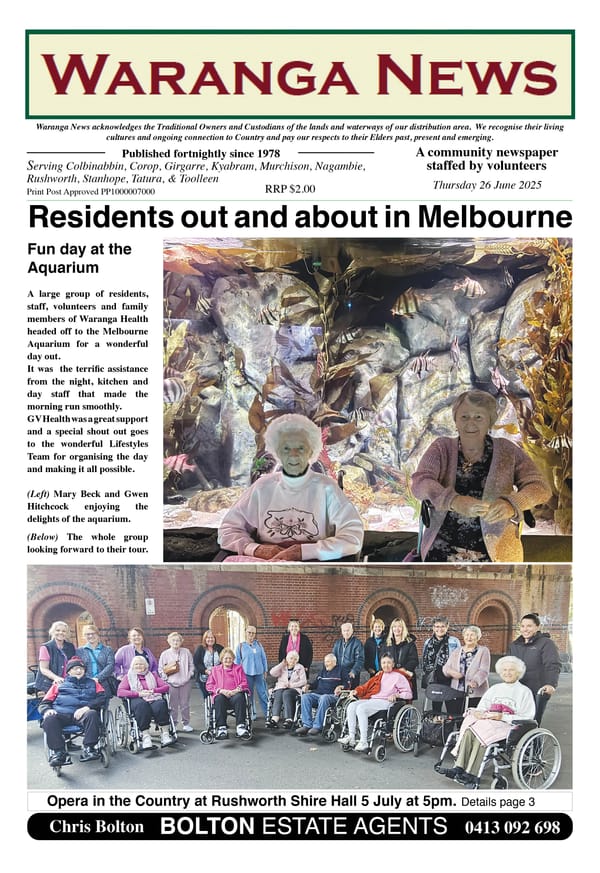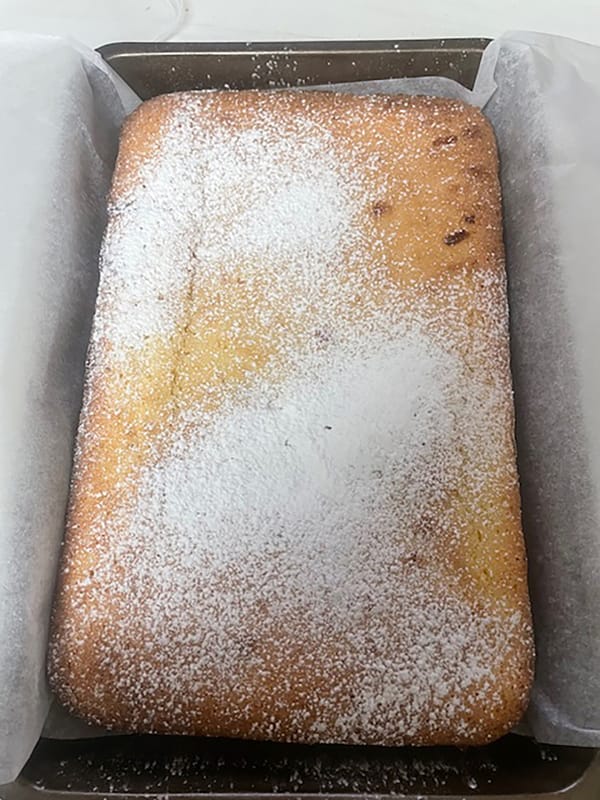3. Travelling cross country

Early Chinese arrivals would disembark in Port Phillip Bay, then embark on a long trek to the goldfields. Melbourne was full of stories about the latest rush, so it could be assumed that from the start of the rushes to the Waranga goldfields in 1853, a proportion of the miners coming to the area would have been Chinese. They could have been directly off the boat or moving from earlier rushes.

When the Chinese arrived, they sometimes employed a guide to lead a group to the goldfields. They may also have employed some form of transport, such as a bullock dray. Generally, they walked, carrying their possessions on poles balanced across their shoulders.
ROBE TO RUSHWORTH
As the number of Chinese migrants began to escalate rapidly in the mid-1850s, political pressure induced the Victorian government of the day (late 1855) to introduce an entry or “poll” tax of £10 (=$20) which was a phenomenal sum in those days. Arriving at larger ports after the voyage from China, many prospective miners journeyed on to Robe in South Australia, usually by coastal steamer, after which they walked cross country. You can imagine the epic walk from Robe to Rushworth, which was well over 500 km as the crow flies. In total, over 16,000 Chinese arrived at Robe, producing a boon for the local economy which supplied the new arrivals.
Various routes were followed, depending on which goldfield a group was heading towards. Sometimes, they discovered gold along the way, as a group did at Ararat. In some places, this is claimed as the best alluvial goldfield discovered in Victoria, although the Mt Alexander goldfields around Chewton and Castlemaine make the same claim.
At the time, the colony of Victoria was thinly populated. The travellers had to rely on purchasing food from the stations they passed along the way. Sometimes they would work for the squatters in exchange for the food e.g. digging wells, building. They would also mark trees with Chinese characters to show travellers who came in their wake which squatters were good to work for and those who were best avoided.
RE-ENACTMENTS
In recent years, there have been at least two re-enactments of the epic walk from Robe to the Victorian goldfields. In 2014, Chinese-Australian Charles Zhang and his teenage son Oscar set out from Robe, walking about 30 km each day. They arrived in Ballarat after just over two weeks of walking and some amazing experiences along the way.
Then, in 2017 a team of community walkers, including descendants of original Chinese goldfields migrants, walked eastwards from Robe through Lake Hawdon, Penola, Casterton, Coleraine, Hamilton, Dunkeld, Skipton, Linton, Smythesdale and Ballarat before arriving on the steps of Victorian Parliament House on the 25 May. They were welcomed by the Premier and the Leader of the Opposition, who both provided heartfelt apologies to the Chinese diaspora for the mistreatment that their ancestors suffered during the gold rush era. In particular, they referred to the punitive government legislation that only applied to Chinese migrants.
One of the unplanned benefits of both re-enactments was to create wonderful networks of people who supported the walkers in some way. This included walking with them and providing them with offers of food and accommodation. Local people along the route also shared information that had been retained in their communities in the 160+ years since the Chinese sojourners originally passed through. The walks created a wonderful sense of goodwill between the Chinese diaspora and the rest of Australia.
Sadly, in recent years this goodwill has been severely tested, much of it by political posturing of the respective governments of China and Australia. It would be good if this deterioration in relations could be turned around, given the inextricable links the two countries have with each other. There is potential for this to start at the local level with simple acts like those of the Rushworth and Whroo Cemetery Trusts in recognising the Chinese people buried in the cemeteries there.
References: State Library of Victoria (SLV) and Chinese Community Council of Australia Victorian Chapter (CCCAV) websites



